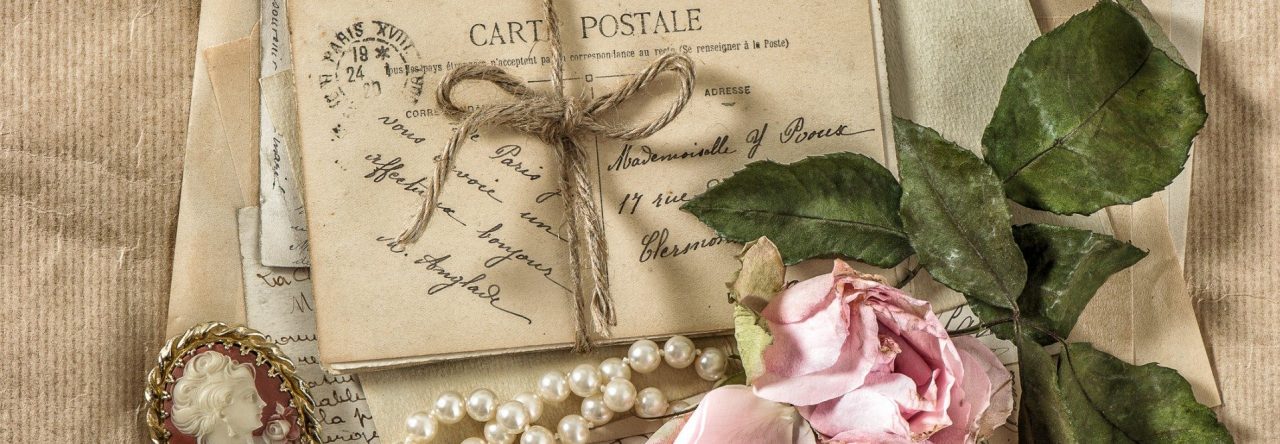In honor of National Tell A Fairy Tale Day (no, I didn’t make that up), I wanted to spend some time chatting about one of my favorite fairy tales, Cinderella. Penned by Charles Perrault in 1729 and popularized by Walt Disney in the 1950 animated film, the very name brings to mind images of the rag-clad cinder-girl transforming into a beautiful young woman fit for a prince.
Did you know that this timeless tale of love and destiny finds its origin outside western culture? Although there are no pumpkin carriages or fairy god-mothers, see how similar these ancient versions are to the beloved classic we know as Cinderella.
One of the first known versions of the Cinderella story appeared in ancient Egypt. The beautiful Rhodopis was captured in Thrace and sold into slavery. Her blonde hair and fair complexion made her unique and highly prized among the dark-featured Egyptians. After purchasing her with a bag of gold dust, Charaxos gave her a lavish pair of golden sandals as a symbol of her high place in his home. One day an eagle swooped down and stole one of her golden shoes, carrying it all the way to Memphis where it landed in the lap of the Pharaoh. Believing this was a sign from the gods, Pharaoh sent his trusted advisers throughout Egypt to find the woman who had the matching shoe and bring her to Memphis so he could marry her.
The Tale of Yeh Xian (Yeh-Shen), the Chinese Cinderella, was penned more than a 1000 years before the first Western version of the fairy tale. Yeh Xian was the daughter of a Chinese King. When her mother died, her father remarried and had a daughter with his second wife. Yeh Xian’s stepmother disliked her because she was kinder and prettier than her own daughter.
When Yeh Xian’s father died, she was forced to work in the kitchen by her stepmother. The lonely orphan’s only friend was an unusual fish with golden eyes. She fed the fish and it grew to an enormous size. When her stepmother discovered the fish, she killed it and served it for supper. Distraught at the loss of her only friend, Yeh Xian is visited by an elderly man who advises her to save the bones and seek their help if she was in trouble.
As the time of the Spring Festival drew near, Yeh Xian’s step mother and step sister plan to attend the celebration but she is required to stay home. When Yeh Xian seeks help from the fish bones, her worn, raggedy work dress is magically transformed into a beautiful green silk cloak. Jade jewels adorn her neck and luxurious golden slippers embellish her dainty feet.
Now properly attired, Yeh Xian makes an appearance at the festival and captures the attention of many admirers. Fearing she has been spotted by her stepmother, Yeh Xian flees the celebration leaving one of her shoes behind. The slipper ends up in the hands of a merchant who offers it to the king to win his favor. Intrigued by the elegant footwear, the king sets out to find its owner. When Yeh Xian tries on the slipper, her appearance alters once again. The king is immediately smitten and proposes.
 What accounts for the similarities in stories recorded thousands of years apart in vastly different cultures? Historians believe that the oral traditions of many cultures were shared among traveling merchants along ancient trade routes like the famed Silk Road. Once introduced into a new society, these stories were adapted to reflect the traditions and morays of the storyteller’s culture.
What accounts for the similarities in stories recorded thousands of years apart in vastly different cultures? Historians believe that the oral traditions of many cultures were shared among traveling merchants along ancient trade routes like the famed Silk Road. Once introduced into a new society, these stories were adapted to reflect the traditions and morays of the storyteller’s culture.
In some cultures, a well-told story could be traded for goods, free a man from prison or win the hand of lovely maiden. Although I wouldn’t expect any of those results, what fairy tale will you share today?









